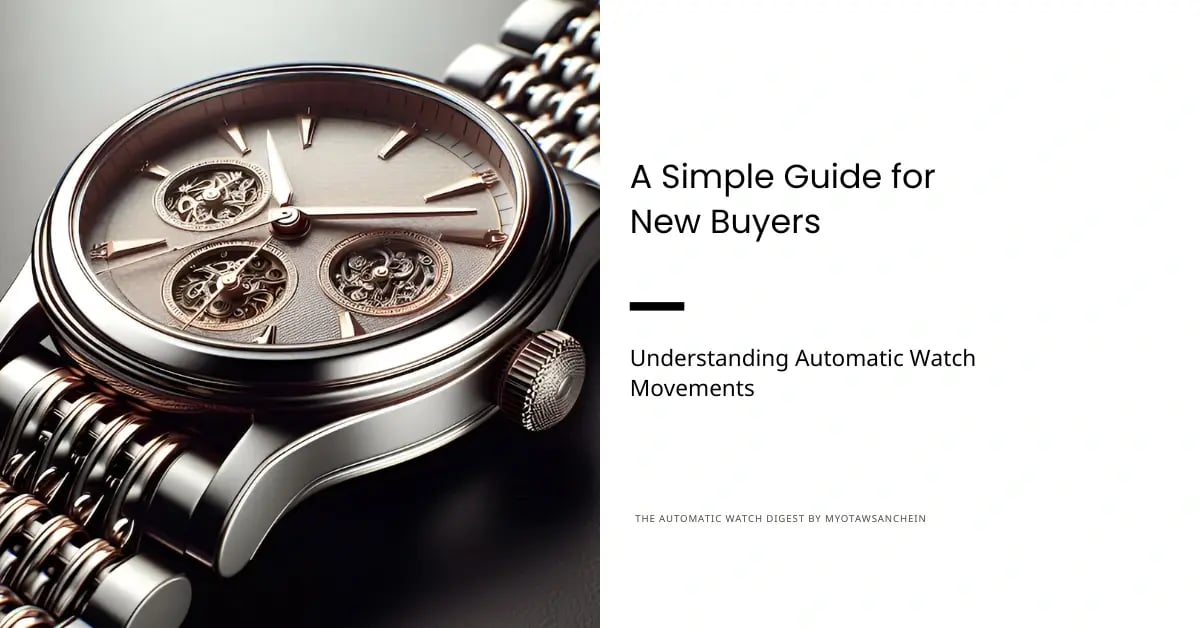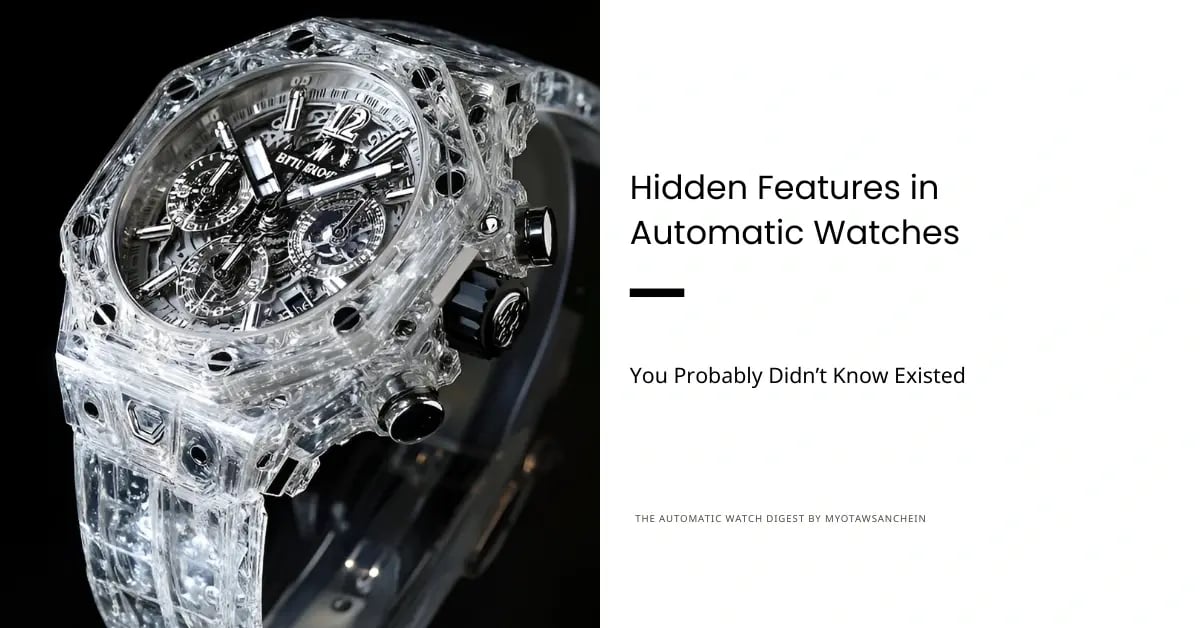
How Temperature Changes Affect the Accuracy of Your Automatic Watch

Automatic watches, marvels of mechanical engineering, are valued for their craftsmanship and precision. However, even the most meticulously crafted timepieces can be affected by environmental factors, with temperature being a significant influence on their performance. Understanding how temperature variations impact the accuracy of your automatic watch is crucial for proper care and maintaining its reliability. This post explores the scientific principles behind these effects, identifies the key components involved, and offers practical advice for minimizing temperature-related inaccuracies.
Why Temperature Matters for Mechanical Watches
Automatic watches rely on a delicate balance of metal components and lubricants to keep time accurately. Changes in temperature can disrupt this balance in several ways, leading to variations in how your watch keeps time.
The Science: How Temperature Affects Watch Accuracy
1. Expansion and Contraction of Metals
The core components of an automatic watch, such as the balance wheel, balance spring, and gears-are made from metal. Metals expand when heated and contract when cooled. Even microscopic changes in size can alter the rate at which the balance wheel oscillates, impacting the watch’s accuracy.
- High Temperatures: The balance wheel and spring expand. This increases the moment of inertia and decreases the restoring force of the balance spring, causing the watch to run slower.
- Low Temperatures: Metals contract, making the balance spring stiffer and the balance wheel smaller. This increases the oscillation rate, causing the watch to run faster.
2. Changes in Lubrication
Automatic watches depend on specialized oils to reduce friction between moving parts. Temperature fluctuations affect these oils:
- Heat: Causes oils to thin, potentially leading to increased friction and wear, which can make the watch lose time.
- Cold: Thickens the oils, possibly slowing down the movement and making the watch run fast or even stop in extreme cases.
3. Elasticity of the Balance Spring
The balance spring’s elasticity (its ability to return to its original shape) is crucial for accurate timekeeping. As temperatures rise, the spring becomes less elastic, slowing the watch. As temperatures drop, it becomes more rigid, speeding up the watch.
Real-World Impact: How Much Can Temperature Change Affect Your Watch?
Historically, temperature changes could cause dramatic variations in timekeeping-sometimes several minutes per day. Modern materials and engineering have improved resistance to these effects, but even today, you might notice your automatic watch gaining or losing several seconds per day when exposed to temperature extremes.
Modern Solutions and Materials
To counteract temperature effects, watchmakers have developed several innovations:
- Compensation Balance Wheels: Early solutions used bimetallic balance wheels that adjusted their shape with temperature changes, partially offsetting inaccuracies.
- Advanced Alloys and Silicon: Modern balance springs made from alloys like Elinvar or silicon are far less affected by temperature, offering improved accuracy in varying climates.
- Improved Lubricants: New synthetic oils maintain their viscosity better across a wider temperature range, reducing the impact on watch performance.
Practical Tips: How to Minimize Temperature Effects
Avoid Extreme Temperatures: Don’t expose your watch to temperatures above 60°C (140°F) or below 0°C (32°F). Even if worn on the wrist, avoid leaving it in direct sunlight, on a car dashboard, or near heaters and air conditioners.
- Allow Gradual Temperature Changes: Sudden shifts (e.g., jumping from a hot tub into a cold pool) can cause thermal shock and affect accuracy or even damage the watch.
- Regular Servicing: Ensure your watch is serviced regularly. Fresh lubricants and proper adjustments help maintain accuracy despite environmental changes.
- Store Carefully: When not wearing your watch, keep it in a stable, room-temperature environment to avoid unnecessary expansion and contraction of components.
Conclusion
Temperature changes are a natural part of life, but they can have a significant impact on the accuracy of your automatic watch. By understanding the science behind these effects and following practical care tips, you can minimize inaccuracies and keep your timepiece running smoothly. Modern materials and engineering have made today’s automatic watches more resilient than ever, but a little awareness goes a long way in preserving the precision and longevity of your mechanical companion.
Keep an eye on your watch’s performance throughout the seasons, and you’ll ensure it remains a reliable and cherished part of your daily life.


